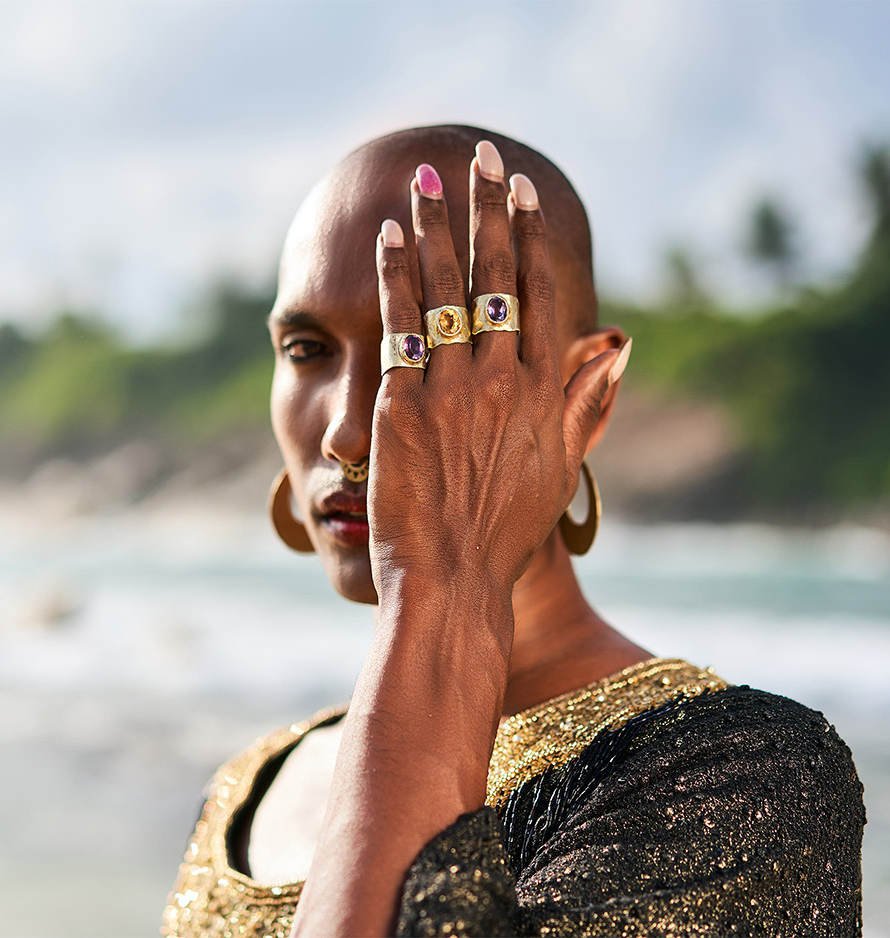When Alexis Ander Kashar looks back at the images from her brand’s first photo shoot in January 2019, she sees a cohort of beautiful models wearing her RoseByAnder collection. What she doesn’t see is anyone who represents her or her life experiences.
Kashar, who was born deaf and worked as a civil rights attorney before she became a jewelry designer, says none of the models she helped select for that initial campaign was deaf or had a hearing impairment—and that’s something she regrets. Kashar’s signature piece is a pendant symbolizing I love you in American Sign Language.
“They’re beautiful pictures, but I don’t see myself there,” Kashar says. “I didn’t know better. I was trying to fit into the industry, and it’s a really hard industry to break into.”
The models a brand uses for its website, social media, and advertising make an instant impression on consumers—and can affect their buying decisions, some jewelry designers contend.
Jewelers who emphasize diversity in their choice of models say there is a business case to be made for representation. For example, they see greater customer engagement and receive positive client feedback, which they believe increase revenue and brand recognition over time.
“The jewelry industry has the profound privilege of being an intimate part of the private lives of so many people,” says Kristen Vosburg, chief marketing officer of Shane Co. in Denver. “Because of this, we should aspire to hold ourselves to a standard that transcends those of the broader fashion industry.”
The retailer’s Made to Shine campaign, which debuted in June, features a diverse group of customers along with influencers such as St. Louis–based “mompreneur” Kaitlyn Posey and Oregon photographer Alexandra Ford. “Jewelry is a reflection of distinct personal styles, and it is our job to reflect our diverse clientele,” Vosburg says. Plus, says Ty Wilson, cofounder of online engagement ring company CustomMade, customers across generations—but especially millennials and Gen Z—want to do business with companies that stand up for diversity.
“Our focus has been on making our brand stand out from the traditional jewelry industry,” Wilson says. “That still means focusing on quality, but bucking the trend. Rather than shooting dramatic Vogue-style models, we feature real people and real stories.”
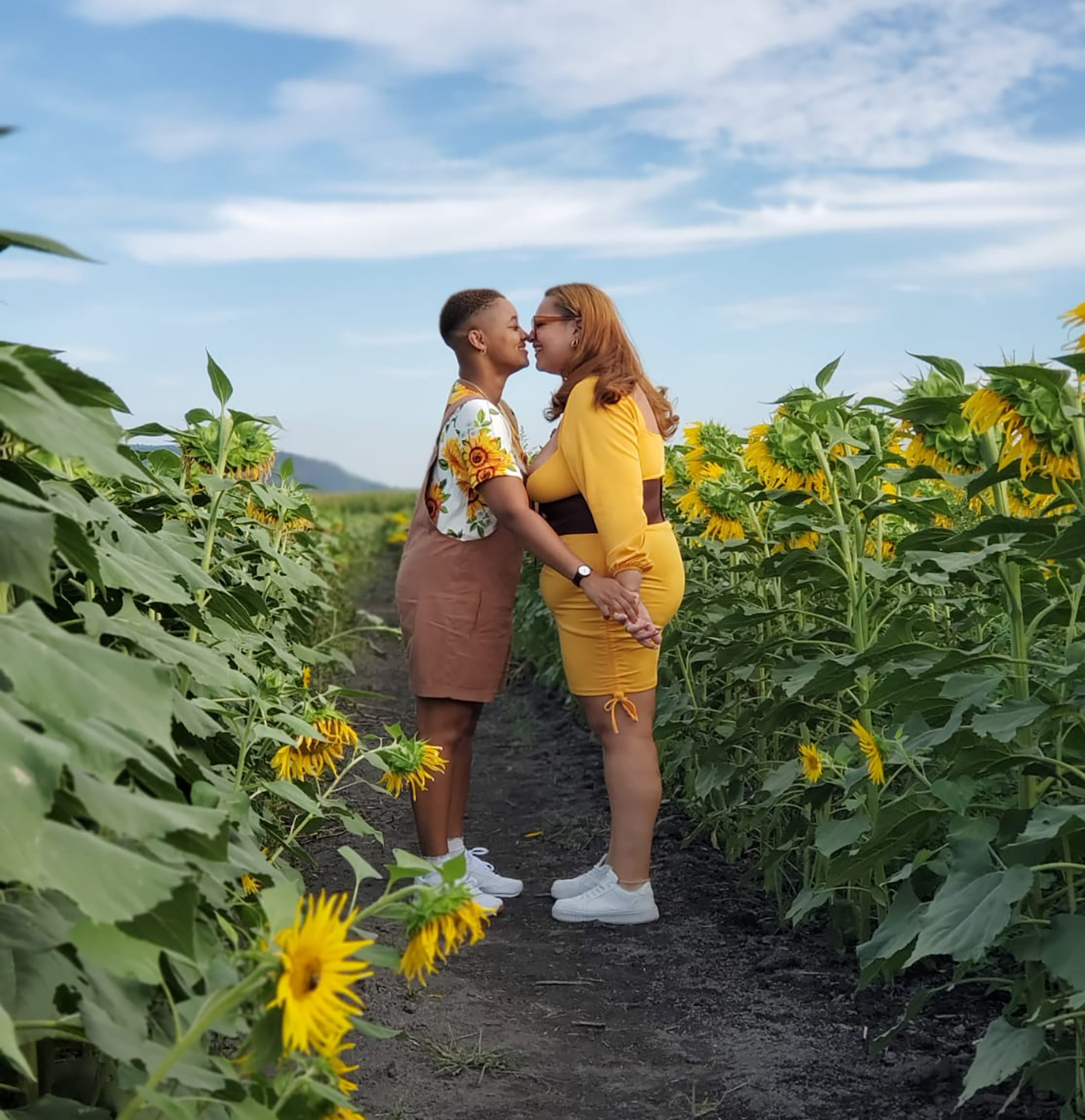
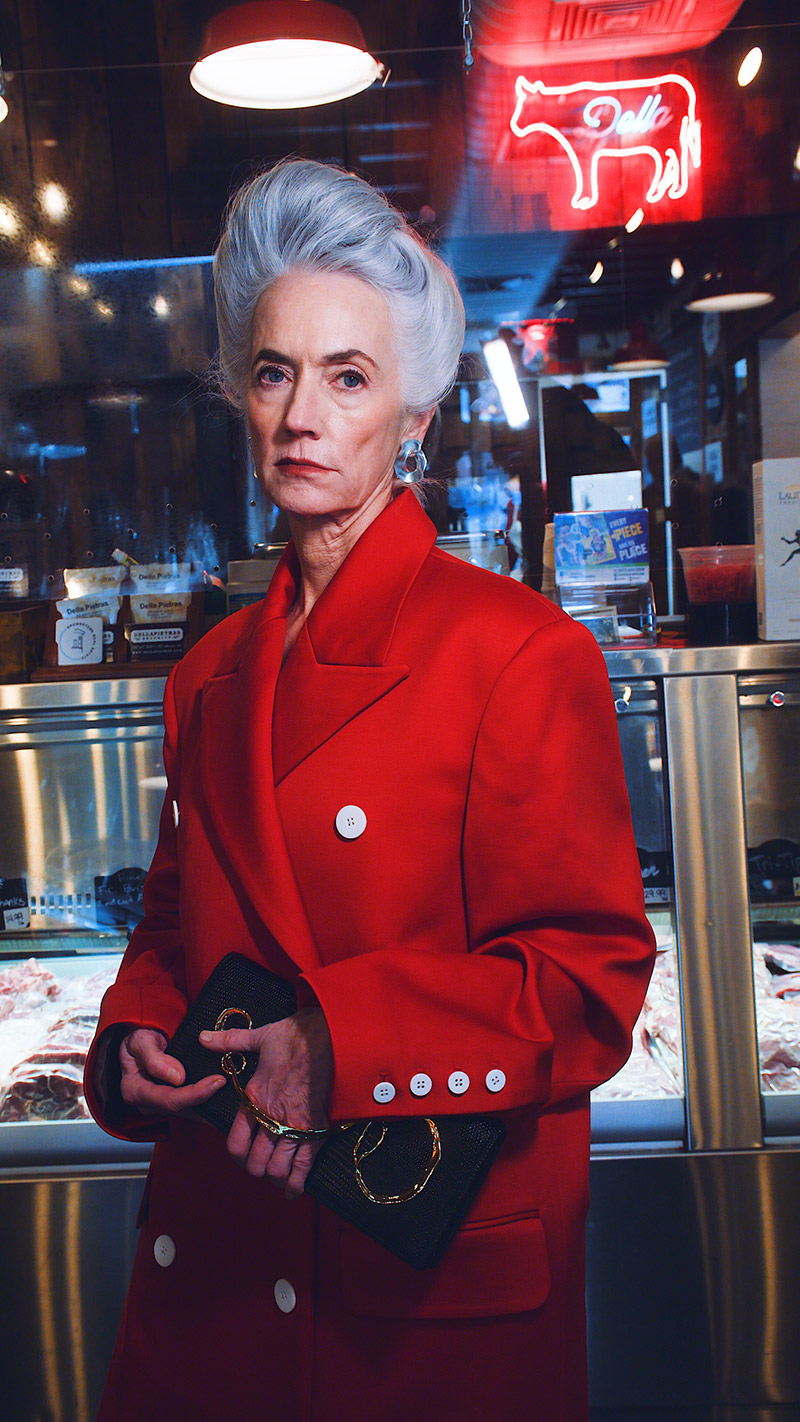
Recent Diversity Initiatives
A common perception is that diversity in an advertising or marketing setting means featuring models from a range of racial and ethnic backgrounds. But diversity marketing can also portray individuals of different ages, genders, and religions as well as disabilities, sexual orientation, educational or socioeconomic levels, and other characteristics that reflect society.
Customers care about the issue. The Chicago-based market research company Numerator reported in June that 63% of the 1,200 consumers it surveyed said diverse representation in advertising is important to them. Numerator’s survey also showed 47% of consumers said they are likely to buy from a brand that includes diversity in its ads.
Organizations such as the Black in Jewelry Coalition have brought new energy and emphasis to diversifying the jewelry industry. And programs like the Emerging Designers Diamond Initiative sponsored by the Natural Diamond Council and jewelry designer Lorraine Schwartz also seek to boost access to education, opportunities, and resources for people of color in the jewelry industry.
Yet there is room for improvement, says Alexis Bittar, a jewelry designer who is known for disrupting the fashion and jewelry industry with models representing a broader spectrum of bodies. He is committed to not retouching any of the imagery he or his brand creates.
“Growing up, I have always been aware that ageism, racism, and elitism is baked into advertising and marketing in the fashion industry,” Bittar tells JCK. “Fashion marketing preys on people’s low self-esteem to buy product so they can feel ‘part of’ and better about themselves. The messaging is usually about becoming part of an elite club. It seems so archaic and ripe for change.
“We should want everyone to feel good about who they are and build from that position,” he adds. “It’s been one of my missions to help destroy this archaic and destructive messaging and create a new space by representing a broader spectrum. Showing all ages, body types, skin colors, and more is critical.
“It’s crazy that something as simple as that was considered ‘punk’ when we first started,” Bittar says.
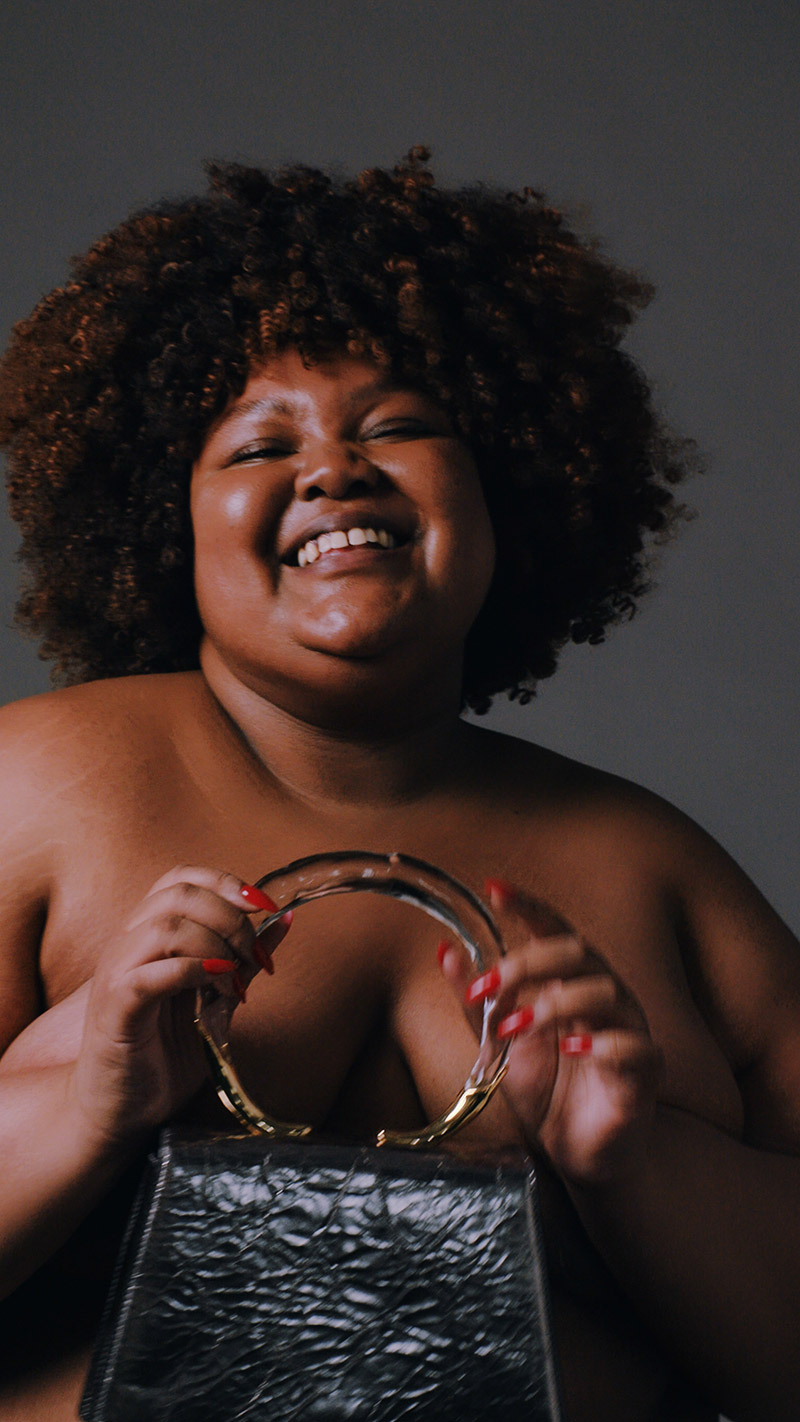
Airbrushed vs. Authentic
Masina Diamonds CEO Rustin Yasavolian says jewelry brands, including his own, get more customer engagement when they post relatable images rather than airbrushed perfection.
“I am a firm believer that the best models or content is coming directly from your clientele,” says Yasavolian, who’s based in Atlanta. “It now seems that people react better to more everyday and casual looks than the high-end supermodels. Although this style used to work back in the day, it seems to isolate and create an unrealistic image that makes it hard for people to relate to, at least for our space in the industry.”
Yasavolian says jewelry chains such as Mejuri and James Allen are setting the standard. “Their campaigns use ‘normal’ looking models and a dialogue that is more relatable to the main clientele.”
With its new “People of Birks” ads and social media posts, Canadian jewelry retail chain Birks showcases what it calls “an emotional tapestry of real relationships” among friends, colleagues, same-sex couples, and families. The ads have outperformed any other campaign Birks has produced in recent years, says Katie Reusch, senior director of marketing and communications.
“Canada has a very diverse population, and as a Canadian company it is important to us to reflect this culture,” Reusch says. “For nearly 145 years, Birks has been a part of Canadian love stories. The goal of the campaign is to feature real people and celebrate their meaningful relationships.”
Lang Antique & Estate Jewelry also saw positive feedback soar as it added more mature female models and male models to its photo shoots, says Emily Friedricks, internet sales specialist and Instagram content creator for the San Francisco–based business.
“Our clients told us they really felt seen when we used a more ‘elegantly aged’ model,” Friedricks says. “Our clients are self-collectors. They’re women with grown children. They’ve had successful careers. Now, they’re curating these amazing pieces for themselves and for future generations. They loved seeing [a mature model] in our jewelry. They said it felt relatable and beautiful at the same time.”
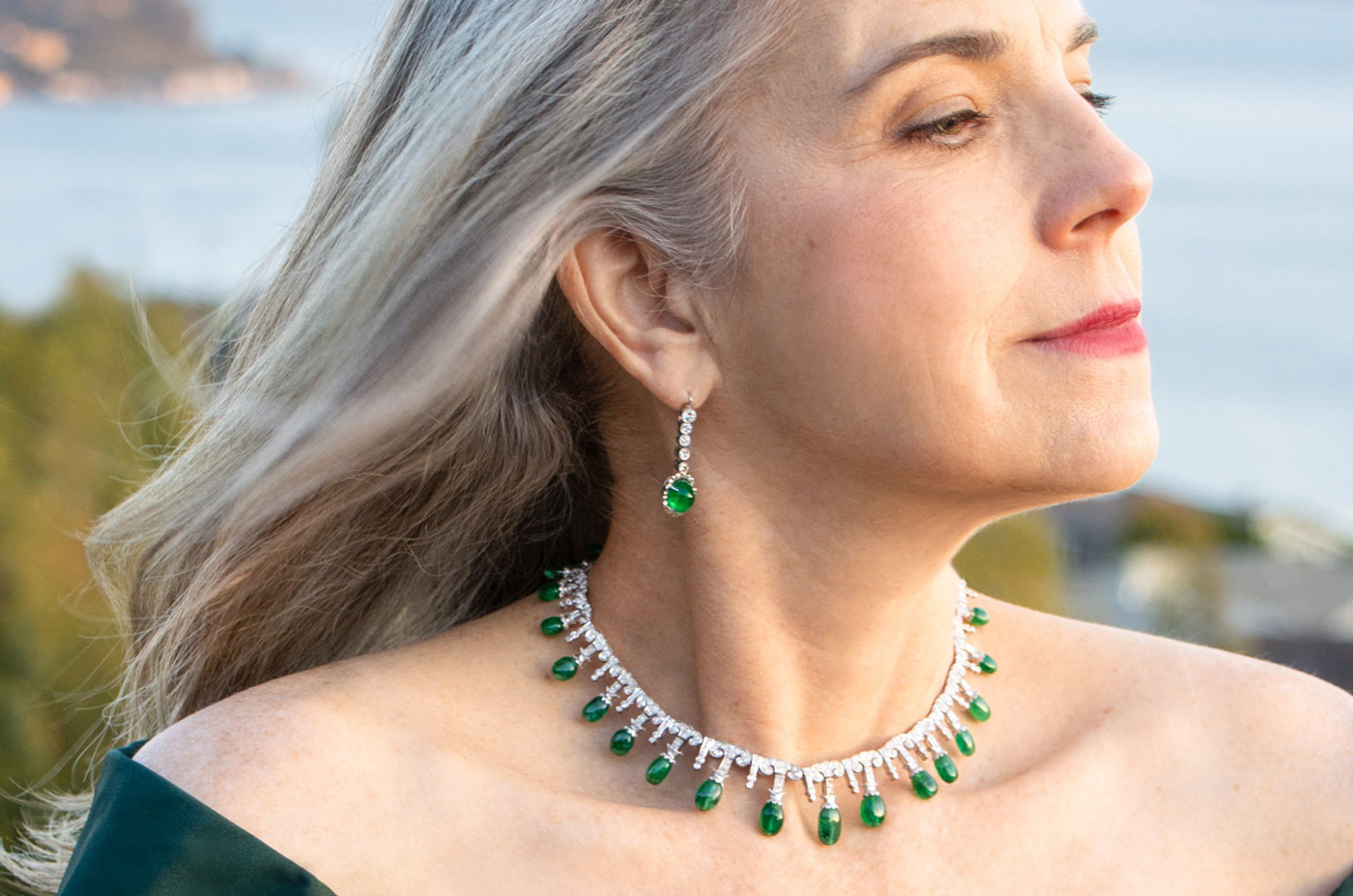
One Size Doesn’t Fit All
Kashar is not alone among jewelry designers and company execs who wish to focus on putting diverse models into their ads and other forms of marketing so they can see themselves in the photographs and the jewelry.
Sylvia Tennant created Zaleska Jewelry, a Vancouver-based brand that offers one of the largest size ranges within its quality level and price point. Tennant, a plus-size model and fashion devotee, had been seeking jewelry that fit her body and aligned with her personal style. Her company custom-cuts chains to order at no extra charge and stocks ring sizes from 4 to 15.
“Modeling is a celebration of the human body, and it positively affects our feelings of self-worth when we see representations of ourselves being celebrated,” Tennant says. “I don’t think one brand can tackle it all, but we can at least get the conversation going and show other brands that when you provide options for previously underserved segments of the population, it is worth the investment, both emotionally and financially.”
Megan Carlisle of Nature’s Twist, a size-inclusive retailer in Tacoma, Wash., makes a point of using “real” people as well as nonbinary and gender-fluid models in her marketing imagery. Carlisle, who lives with two chronic illnesses, says having personal relationships with her clients is part of her motivation.
“That’s why I use models of all sizes, races, religions, and who are queer. I want to make sure there’s representation for those people who feel marginalized…from traditional society,” Carlisle says. “We have a business in Pike Place Market, and we meet our customers one-on-one. They’re all so different. That’s why we share their pictures on Instagram. We want them to see how beautiful they look.”
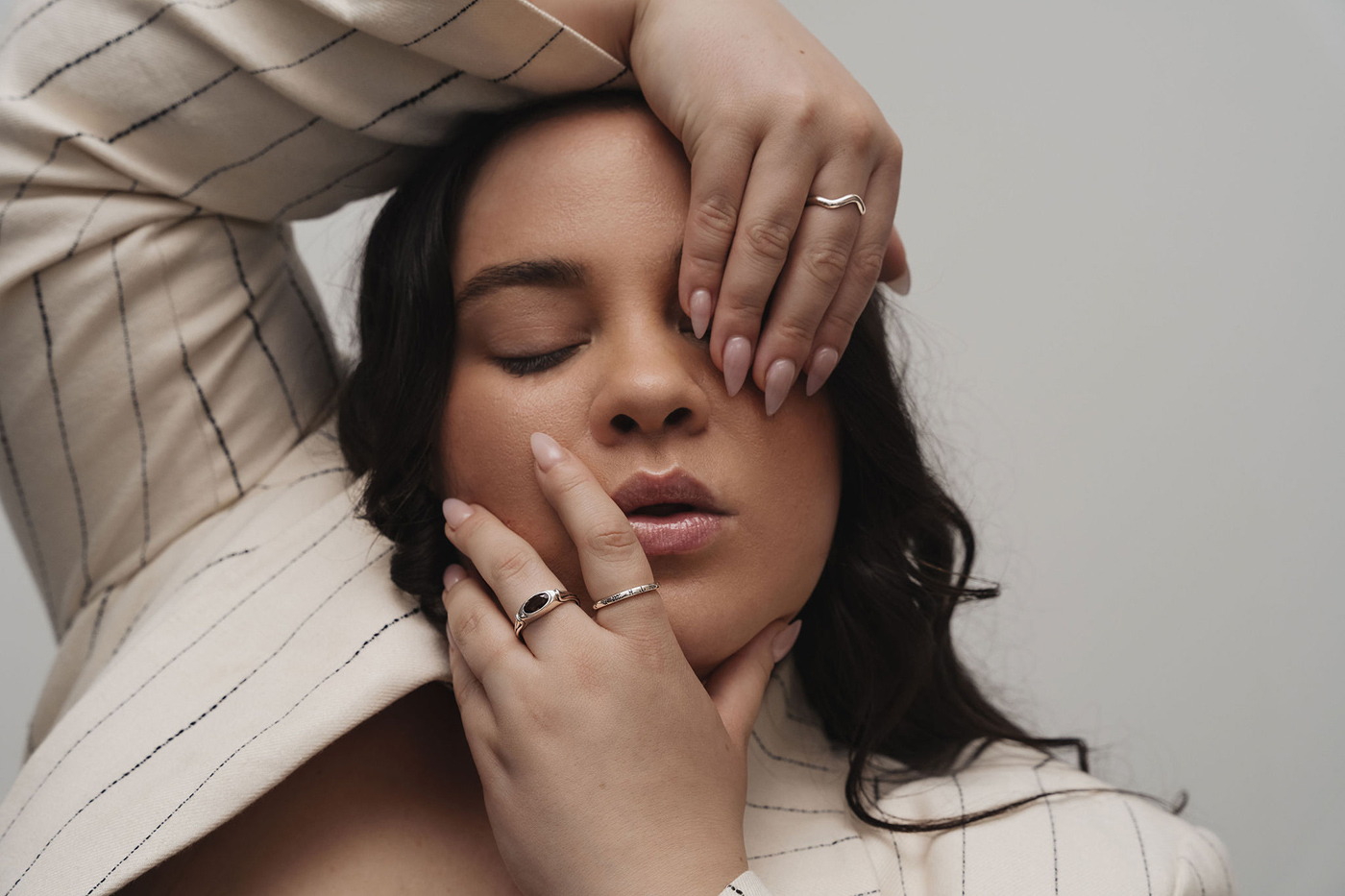
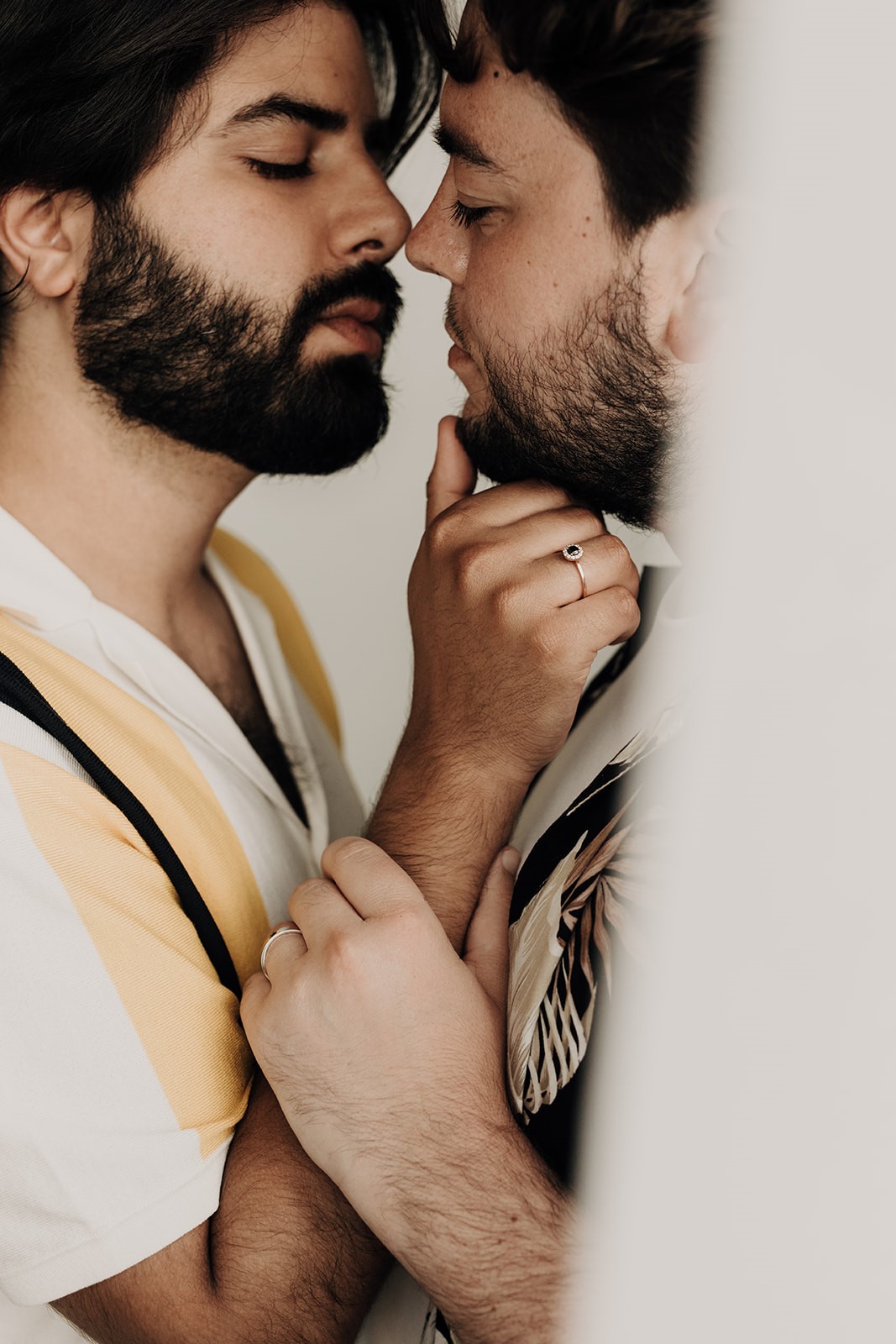
Reality Check
Some jewelry brands report encountering resistance to their model selection. For example, Clémence Masson, founder of French fine jewelry brand Gisel B, says her brand received negative feedback on Instagram and Facebook to its photos of a male model with vitiligo, a condition that causes loss of skin color in patches.
The negative reaction “shocked me a lot,” Masson says. “There is still a lot of work to do for people to accept differences. I’m happy to try in my own small way to shake up stereotypes.”
But working to advance social justice is different from trying to score points on some kind of diversity scoreboard. Kashar notes that people in the disability community have grown to hate pandering in this way, calling it “inspiration porn” when a token model who has disabilities is used in a fashion show or a jewelry collaboration and then abruptly dropped.
Los Angeles–based Laryssa Wirstiuk, creator and host of the Joy Joya Jewelry Marketing podcast and author of Jewelry Marketing Joy: An Approachable Introduction to Marketing Your Jewelry Brand, says consumers know when brands are just “checking a box” in terms of diversity. Being specific in identifying your target audience will help you select appropriate models.
Model diversity “is a movement that consumers appreciate,” Wirstiuk says. “Younger consumers especially crave authentic connection—they want to know how a product really looks versus perfect presentation. So you can have a traditional campaign with a model and balance it with ‘normal’ people who aren’t professionals. It comes down to knowing your customer and what is going to resonate with them.”
Platinum Born worked closely with a casting agent to find professional models representing an array of ages, ethnicities, and life stages for its most recent ad campaign. “It was important to us that our campaign reflect those who are quickly becoming our core customers with imagery that is both relatable and inspirational,” says Rebecca Moskal, Platinum Born’s vice president of marketing. “We believe when customers see diversity in the models we work with, it’s easier for them to identify with our brand and picture themselves in our pieces.”
Kashar says she feels like she, too, has evolved as a creator and brand ambassador. She now ensures that her model shoots reflect diversity in every way possible, especially by including models who are deaf. Most important to her is that the models feel comfortable on set and create memorable images.
“We’re a tiny brand,” Kashar says. “We don’t have an advertising budget like the larger ones. So how do we find an audience with the tiny moments we do have? The best way to me is to show authenticity—to be our authentic selves and show us as we are, whether that be deaf or hearing or any other mode of diversity.”
Top photo: Getty Images
